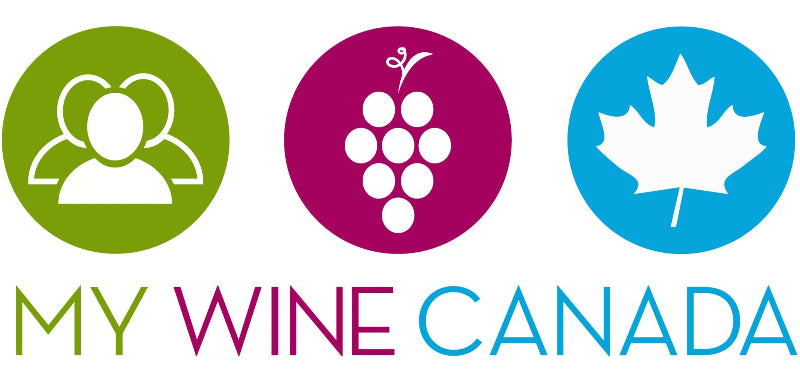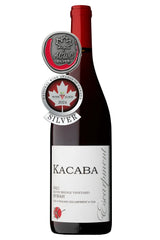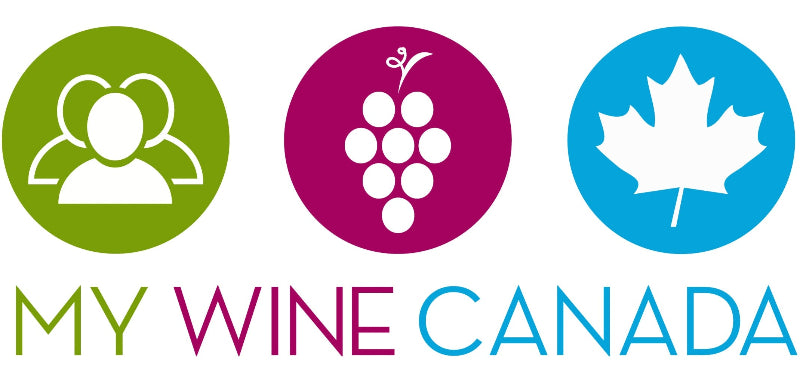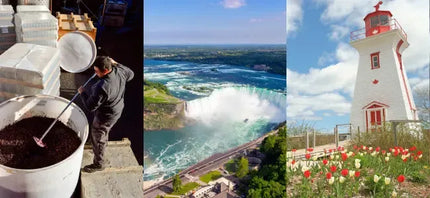Taste vs. Quality – What’s the Difference?
How to taste wine and how to assess wine quality are two different things. Tasting helps you figure out if you like a wine. Assessing quality helps you understand why you like it (or don’t). Or in other words, assessing quality gives you the vocabulary to describe what makes wine “good” – and it’s easier than you think.
What is Fine Wine
To understand what is fine wine, first we need to understand the difference between tasting wine and evaluating wine quality, using a simple four-part framework known as B.L.I.C.:
-
Balance
-
Length
-
Intensity
-
Complexity
By the end, you’ll know how to confidently assess the quality of any wine – whether it’s $30 or $150 – and impress your friends while you’re at it.
Tasting Wine
Tasting wine is all about slowing down and paying attention. Here's a summary of how professionals do it, but you can read this blog post [link to WC tasting wine blog] for a more detailed explanation:
1. Look
Hold your glass up to the light. Observe the colour, clarity, and legs. Deeper colours can signal boldness, while lighter hues may suggest delicacy.
2. Smell
Swirl your glass to release aromas, then take a deep sniff. You might pick up notes of fruit, spice, earth, herbs, or even floral or oak.
3. Taste
Take a sip and let it roll around your mouth. Pay attention to sweetness, acidity, tannins, alcohol, and body.
4. Think
Do all the elements feel balanced? Does the wine evolve in the glass or finish strong? This is where we’ll be moving from tasting, to assessing quality.
How to Assess Wine Quality Using B.L.I.C.
Experts and casual drinkers alike can use this B.L.I.C. system as a “cheat sheet” for figuring out how "good" a wine really is.
Balance
Ask yourself: does anything stick out in this wine?
A quality wine feels harmonious. Acidity, tannins, sweetness, and alcohol all work together. If it tastes too sour, too hot, or flat, it's not well-balanced.
Length
How long does the flavour last after you swallow?
This is called the finish. In great wines, you’ll still taste lingering flavours for 10-15 minutes. But even 5 seconds is better than nothing. Higher quality is proportional to the finish.
Intensity
Does the wine smell and taste like something (anything)?
High-quality wines have strong, clear aromas and flavours, even from the first sniff. If it smells like nothing or tastes watered down, it’s probably lower on the quality scale.
💡 Tip: Swirl your glass. If it still smells muted, it's likely lower in quality wine.
Complexity
How many flavours can you detect?
One-note wines are simple. A quality wine evolves as you sip. You might smell peaches at first, then vanilla, then maybe a memory of making maple taffy in the snow when you were in grade 4. That’s complexity.
Wine Quality and Value
Assessing wine quality isn’t just about being fancy, it’s about understanding value. A $20 bottle that’s balanced, flavourful, and lingering? That’s a high-quality bottle. A $60 bottle that tastes flat? Would you spend your hard-earned loonies and toonies on that?
When you start applying B.L.I.C., you’ll buy better bottles, appreciate them more, and know exactly how to describe what you’re tasting.
Want to save money on high-quality wine? Check out our exclusive bundles that you cannot find anywhere else.







